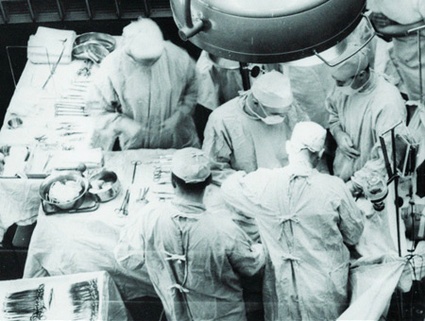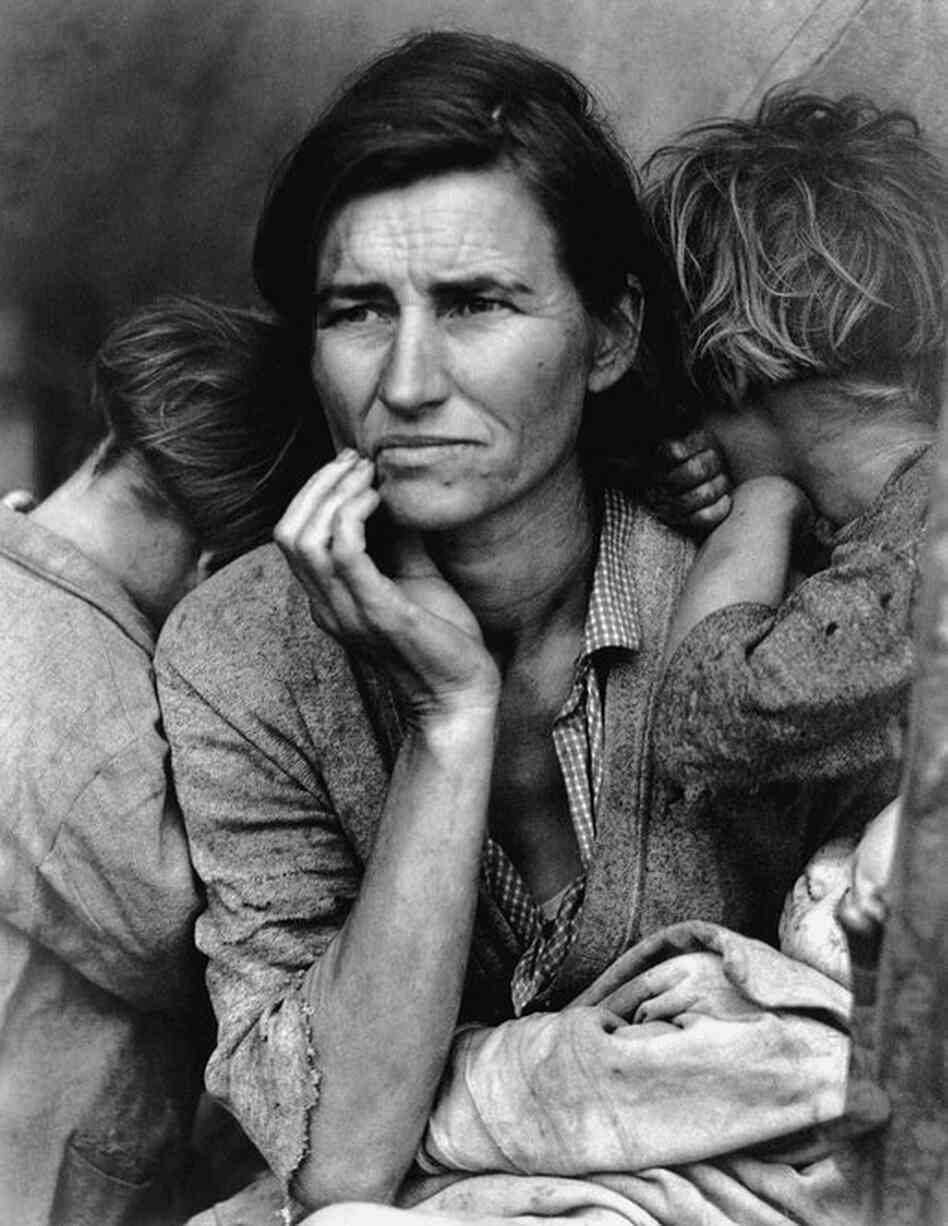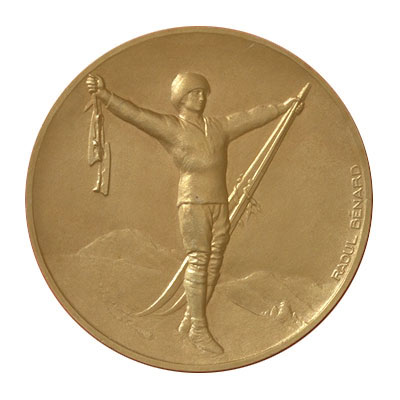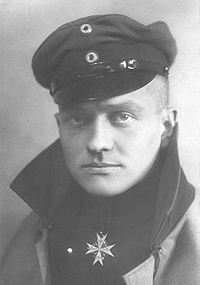intro: The great depression effected all of American citizens; stock market crashing and the dollars value slowly depleting were the main causes of the economies downfall. Americans lost their jobs and were forced onto the streets to attempt to feed their children.
1. The causes of the great depression were that the stock market crashed, banks closed so people couldn't get their money, and tons of people lost their land.
2. over speculation- People began to speculate that the depression was caused by specific people and started to throw people under the bus.
3.
Govt Policy- A plan or course of action, as of a government, political party, or
business, intended to influence and determine decisions, actions, and
other matters. It was important because government played a big part in trying to help with the depression.
4.
Unstable Econ- refers to a lack of usual fluctuations in the national, regional, and global economies.
An economy with a lot of large recessions, very high inflation, or frequent financial crisis would be considered economically unstable.
5. uneven prosperity- There were no successful, or thriving conditions, especially in the financial respects.
6. overproduction- Factories began producing products by the dozens but went to waste when nobody could buy them (broke)
7. worker issues / farm issues- Farmers produced millions of crops during the great depression in order to pay their debts, but the prices soured and they lost their farms.
III Effects
1. Poverty- During the depression people were losing money and living on almost nothing. it all stayed like this even after the depression started to end.
2. Society- an organized group of persons associated together for religious, benevolent, cultural, scientific, political, patriotic, or other purposes. society, during the Great Depression, was becoming increasingly fragile and people really needed help.
3.
World- from
1939 to 1945, the "whole world" was at war. the depression soon ended after America entered the battle.
IV Solutions
1.
Hoover- While Hoover was president, the great depression became worse and worse but he did all he could to get people to volunteer and raise money.
2.
Volunteerism- President Hoovers plan to end the great depression or at least make it better by having people volunteer to help raise money.
3. Public Works- the government helped by building new houses and buildings to fit the needs of all the people struggling.
4. Hawley Smoot- made a tariff that raised the tax even higher than it was. It caused frustration and made it even harder on the poor people.
5. RFC- a government agency that gave $2 billion in aid to state and local governments and
made loans to banks, railroads, mortgage associations, and other
businesses.
6. Roosevelt- became president and was determined to end the great depression better than Hoover.
7. new deal- gave the Americans agricultural adjustment act, which gave money to farmers to continue their production;
the public works administration, which constructed roads, dams,
and public buildings; the federal deposit insurance corporation,
which served to make sure of deposits in banks.(made by Roosevelt)
8.
alphabet soup- Roosevelt's New Deal programs have been referred to as alphabet soup.
example:(AAA)Agricultural Adjustment Administration
example:(CCC)Civilian Conservation Corps
example:(NYA)National Youth Administration
example:(FSA)Farm Security Administration
9. Criticsim- Some people liked the idea of the new deal and others didn't.
10.
2nd new deal- the legislation that
Roosevelt and Congress passed between
1935 and
1938— The Second New Deal legislation relied more heavily
on the Keynesian style of deficit spending than the First New Deal
did. Roosevelt altered his policy because of criticism.
11.
Political Criticism (ex. Came from both the conservatives
and liberals)
12.
Conservatives- claimed his policies were socialism in disguise.
13.
Liberals (ex: criticised the new deal also.)
Ex: thought he wasn't providing enough releif.
ex: thought he didn't maintain the fundamental aspects of capitalism.
VI Effectiveness
1. Changes in US- The government took on a greater role in the everyday social and economic lives of the people.
2.
Unions- people began to speak up for what they believed in.
3.
Culture- changed and many people began to think differently.
conclusion: the great depression changed the lives of every American and even people outside the country. citizens suffered from malnutrition, cold conditions and extreme poverty while going through this dark stage in the history of the united states.









